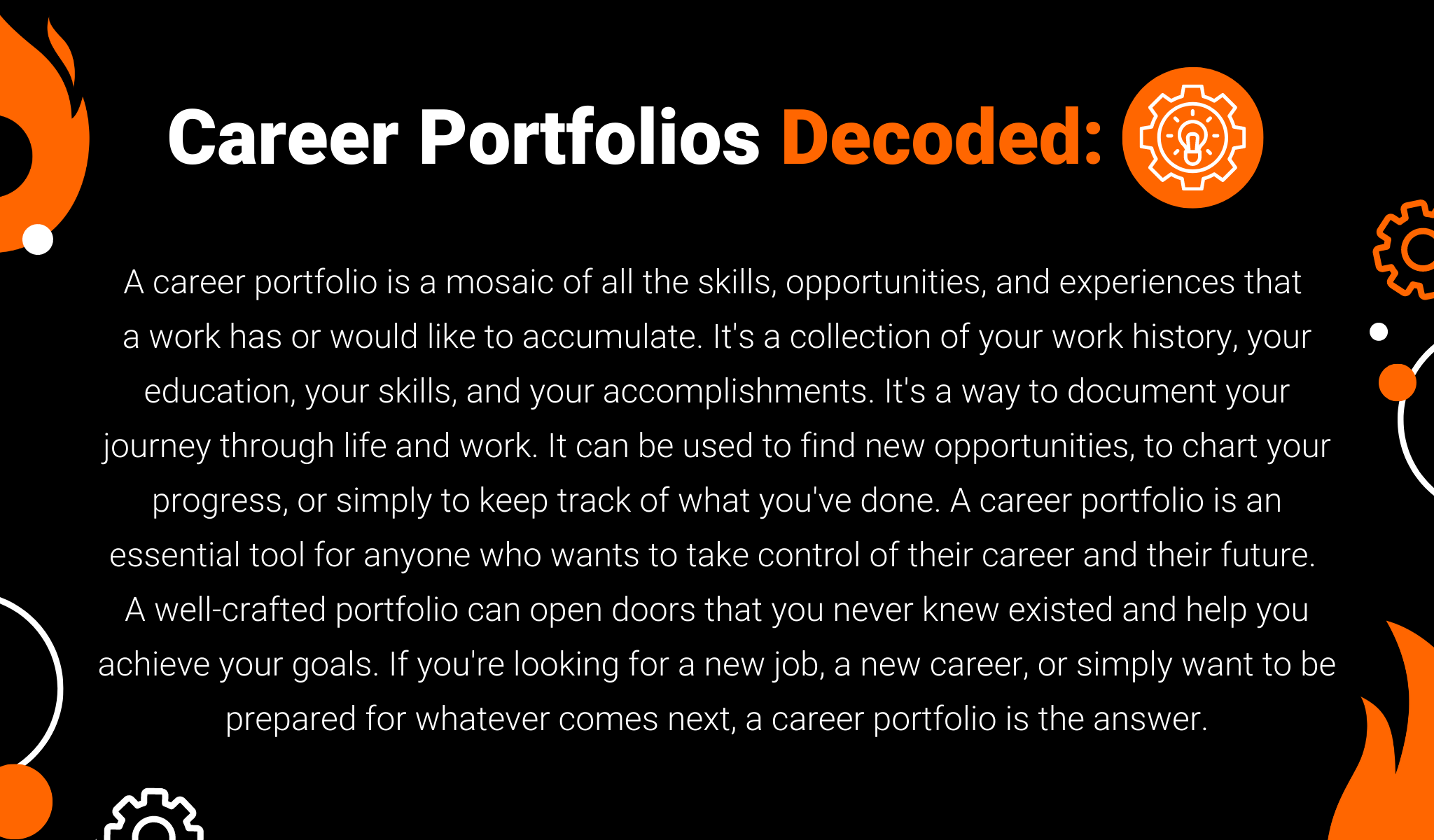Unfortunately, most companies’ approach to promoting internal mobility and keeping talent challenged, growing, and motivated has not kept up with the times, resulting in enormous costs.
Employees are now leaving companies at unprecedented rates. We’ve seen companies raising their starting salaries, switching up their benefits, and more. But is there more to retaining employees and attracting fresh, top talent? We think so.
A recent survey showed 45% of surveyed workers are actively looking for a new job or plan to within the next year, and of them, 54% said they have not looked within their current company for growth opportunities. The obvious answer is that employee expectations around what they want and expect from their work are not being satisfied by their current employers. Experts suggest this has much to do with the one-track career pathing they see laid before them.
In today’s rapidly changing world, career pathing is becoming increasingly obsolete. The traditional linear career path, in which employees move up the ladder within a single company, is no longer realistic or practical for many workers. Career portfolios, in which employees build a collection of experiences and skills from multiple employers, are becoming more popular as a way to navigate the ever-changing landscape of work.
[bctt tweet=”Linear career pathing is obsolete. Here’s where to focus your energy instead: via @MojoHire” username=””]
There are several advantages to pursuing a career portfolio approach. First, it allows employees to be more nimble and adaptable in an ever-changing marketplace. Second, it provides employees with a broader range of experiences and skills, making them more well-rounded and marketable. Finally, it gives employees more control over their own career development, allowing them to pursue opportunities that align with their own goals and values.
Despite these advantages, most companies have been slow to adopt this new approach to career development. As a result, they are missing out on the benefits of increased employee mobility and flexibility. If your company is stuck in the past when it comes to career development, it’s time to make a change. Career portfolios are the future of work, and they offer a unique opportunity to attract and retain top talent.
Workers Don’t Want Decided Career Paths
The first thing companies need to understand is that modern workers are generally not interested in linear career pathing due to restrictive nature.
Organizations invest a lot of time and resources into career pathing, but what workers really crave is career development. Career development is about more than just acquiring new skills or moving up the ladder – it’s about purpose and fulfillment. Workers want to feel like they are part of something larger, and that their work has meaning. They want to feel like they are constantly learning and growing, and that their career has direction. Career pathing can provide some insight into opportunity within an organization, but it’s no substitute for true career development.
Career pathing can provide an insightful map of opportunity within an organization, but it’s no synonymous with career development. Time and time again, workers are proving they are motivated by purpose and fulfillment rather than a fancier title or bigger paycheck. That may look like a developed relationship with their manager an ongoing dialogue, or it could be a discussion of true career development in the form of training and opportunities to cross train.
The biggest takeaway is that growth is not always dependent on assuming new roles as the more traditional view was. With these motivators in mind, career portfolios are a better fit for what will entice employees to stay with their company: The career portfolio.
[bctt tweet=”Career pathing could be inviting your top talent to resign prematurely. @MojoHire has the explanation and the cure in their latest article:” via=”no”]
What is a Career Portfolio?
A career portfolio (despite the imagery the world portfolio invokes) is not a physical entity or system. Instead, think of it as a new ideology for crafting your professional brand- and future- in order to better meet an employee’s sense of purpose, clarity, and flexibility.
Where a career path presents itself as a narrow hallway, a career portfolio is a path with never-ending options that all end with discovery and personal fulfillment. It’s a mosaic of all the skills, opportunities, and experiences that a work has or would like to accumulate.
How Does One Build a Career Portfolio?
Even a person with absolutely no job experience already has their own career portfolio. Your portfolio can include paid jobs, but it should also incorporate your skills, interests, experiences, talents, and aspirations.
A career portfolio should include the capabilities and experiences that, even if typically left off a resume, make up who a person is as a professional but also as a human being. That may include volunteer efforts, hobbies, side hustles, caregiving, or activism. So long as it gives someone reviewing it a sense of who the owner is and what their values are, it’s important to include.
Step-By-Step Career Portfolio Guide:
When it comes to building a strong career portfolio, the sky’s the limit. But there are a few key things that every portfolio should include in order to really make an impact.
- First and foremost, your portfolio should showcase your professional capabilities and experiences. Even if they’re not directly related to your current field of work, they give reviewers a sense of who you are as a professional and what you’re capable of.
- Secondly, your portfolio should highlight your personal values. What kind of person are you outside of work? What are your hobbies? What causes do you care about? This helps reviewers get a sense of who you are as a human being, not just a professional.
- Lastly, your portfolio should be practical. Include only those things that are relevant to your current field or industry. There’s no need to include irrelevant information that will just clutter up your portfolio and make it harder for reviewers to find the most important information.
When putting together your career portfolio, be sure to include:
- A copy of your resume: Include a copy of your most up-to-date resume so that the viewer has an overview of your professional experience.
- A list of your skills: Include a list of both hard and soft skills that you have acquired throughout your career. Highlight any skills that are particularly relevant to the position you are applying for.
- Samples of your work: If possible, include samples of your work that showcase your abilities and achievements. If you do not have any physical samples of your work
Advantages of Career Portfolios
For Employers
As a career portfolio helps workers visualize a broader view of opportunities in their future, career portfolios help managers engage and retain talent. Unfortunately, employees who do not perceive obvious growth opportunities at their current company are likely to seek them elsewhere.
When company leadership fails to get involved in their workers’ career planning discussions, the organization risks not being part of their future plans. Facilitating lateral and other non-linear moves encourages workers to envisage a long-term career at your organization, increasing employee retention and lowering the enterprises’ hiring costs.
Do not be mislead in a candidate-driven market. It is up to employers to convince their employees that the company can and will assist them in advancing their careers. Clearly defined policies and processes that enable workers to apply for different positions or communicate their interests will motivate them to work diligently to advance within the organization.
Another benefit of career portfolios is that they can help with ongoing succession planning. Continued discussions with workers about their plans, in addition to investing in their journey to gain the skills and knowledge required to occupy highly specialized senior roles, facilitates backfilling exiting executives when the time comes.
Why Career Portfolios? An Employer Perspective
As the workforce continues to evolve, so too must the way that companies manage their talent. In today’s economy, it is no longer enough to simply hire talented workers and hope for the best. Instead, organizations must proactively engage with their employees to ensure that they are challenged and fulfilled in their roles. One way to do this is through the use of career portfolios.
Career portfolios help managers visualize a broader view of an employee’s skills and potential. By taking the time to understand an employee’s goals and aspirations, managers can work with them to create a custom plan that meets their needs. Not only does this help to engage and retain talent, but it also reduces the costs associated with hiring new employees.
In order for career portfolios to be effective, however, company leadership must be involved in the process. Employees who do not see obvious opportunities for growth at their current organization are likely to seek them elsewhere. by getting involved in their workers’ career planning discussions, leaders can show employees that there is a long-term future for them at the company. This not only increases retention rates, but also helps to attract new talent.
For Employees
Understanding internal career prospects and having clear short-term and long-term career objectives is the most evident advantage for employees. While it’s easy to get caught up in the day-to-day tasks of a present position, it’s crucial for engagement to keep employees excited about their future.
Optimism about future prospects motivates employees to do their best work, take on new challenges, and develop new skills. Talent across every industry confirms being empowered is a key determinant of their level of engagement. So, empower your employees by involving them in shaping their evolution within the company to ensure their expectations are understood and addressed.
Barriers to Career Portfolios
Whether employees simply aren’t aware of what roles exist, or management is unsure of how to leverage a worker’s existing skillset in an exciting new challenge, it’s not always easy to a confident line from employee to future roles.
In many cases, enterprises are working with HRM systems to categorize talent, but this technology is notorious for providing only the most obvious answers for talent matching and nothing more. This may leave recruiters and hiring managers searching by limiting criteria such as titles, skills, or even worse, keywords (OUCH). Luckily, there’s incredible technology to connect the dots without kicking your existing systems to the curb.
A platform like MojoHire, which uses AI intelligence to analyze your entire pool of talent data, is that connector. Our unique platform analyzes talent within your current systems to present employees with a variety of future options. By working with your employees to develop their career portfolio, you suddenly have 200+ skills to cross-scan against other candidates, current top talent, and traits of those who thrive in a particular role.
By reviewing the career evolution of each employee, your company gains a greater understanding of the skills needed and compatible for each role, and where they could lead.
From Career Pathing to Career Portfolios
Keeping employees engaged boils down to seeing things from a broader perspective. As the adage goes, if you take care of your people, your people take care of your business. By prioritizing the goals and personal values of your workers, you will keep top talent engaged for the long term, and your business will thrive as a result.
Gain a greater understanding of your top talent and use it to perpetuate growth with MojoHire. Schedule a demo today.







